A Celestial Double Act: Two Comets to Light Up the Sky Amid a Meteor Shower
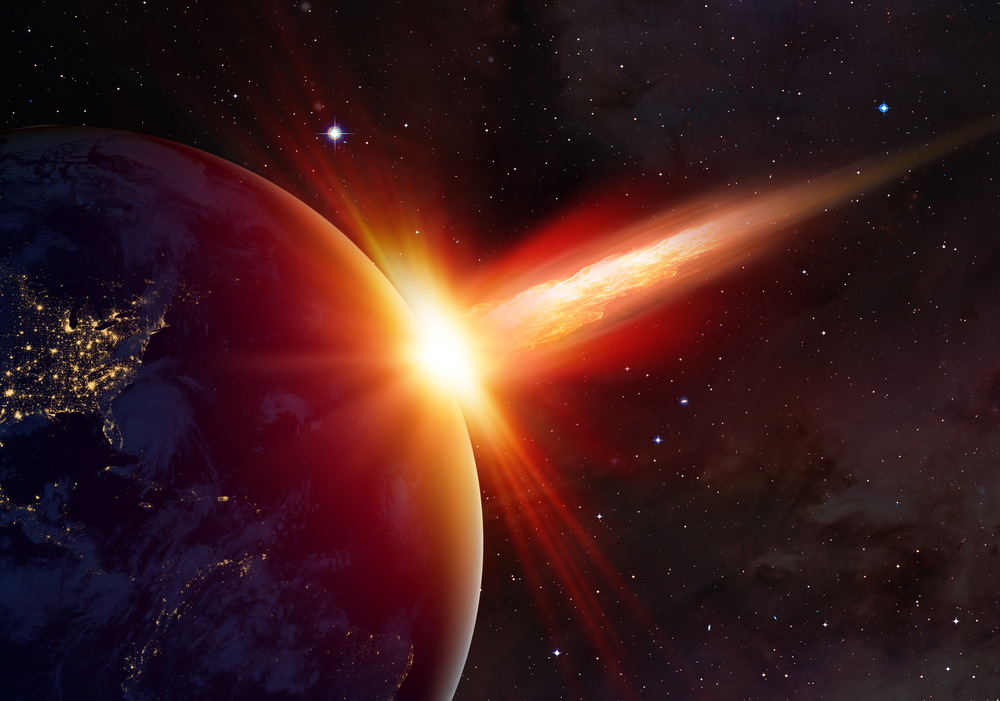
For the first time in more than a year, the night sky is offering a dazzling performance that anyone can enjoy with only a little patience and curiosity. Two comets, C/2025 A6 (Lemmon) and C/2025 R2 (SWAN), are passing close enough to Earth this week to be visible without advanced telescopes. It is a rare celestial coincidence, the sort of event that reminds us that even in a quiet corner of the universe, motion never truly stops. Each of these visitors has been journeying for thousands, even millions of years, before briefly entering our field of view, a pair of ancient travelers carrying whispers from the earliest days of the solar system.
The timing of their appearance is almost poetic. Comet SWAN reaches its closest point to Earth on Monday, October 20, followed closely by Comet Lemmon on Tuesday, October 21. In astronomical terms, that is a remarkably tight pairing. The two comets will not blaze like fireworks across the sky, but their soft glows are easily within reach of binoculars and clear skies. For stargazers who have spent much of the year without a naked-eye comet to follow, this double arrival feels like a reward for patience, a reminder of the universe’s rhythm and its moments of unplanned harmony.
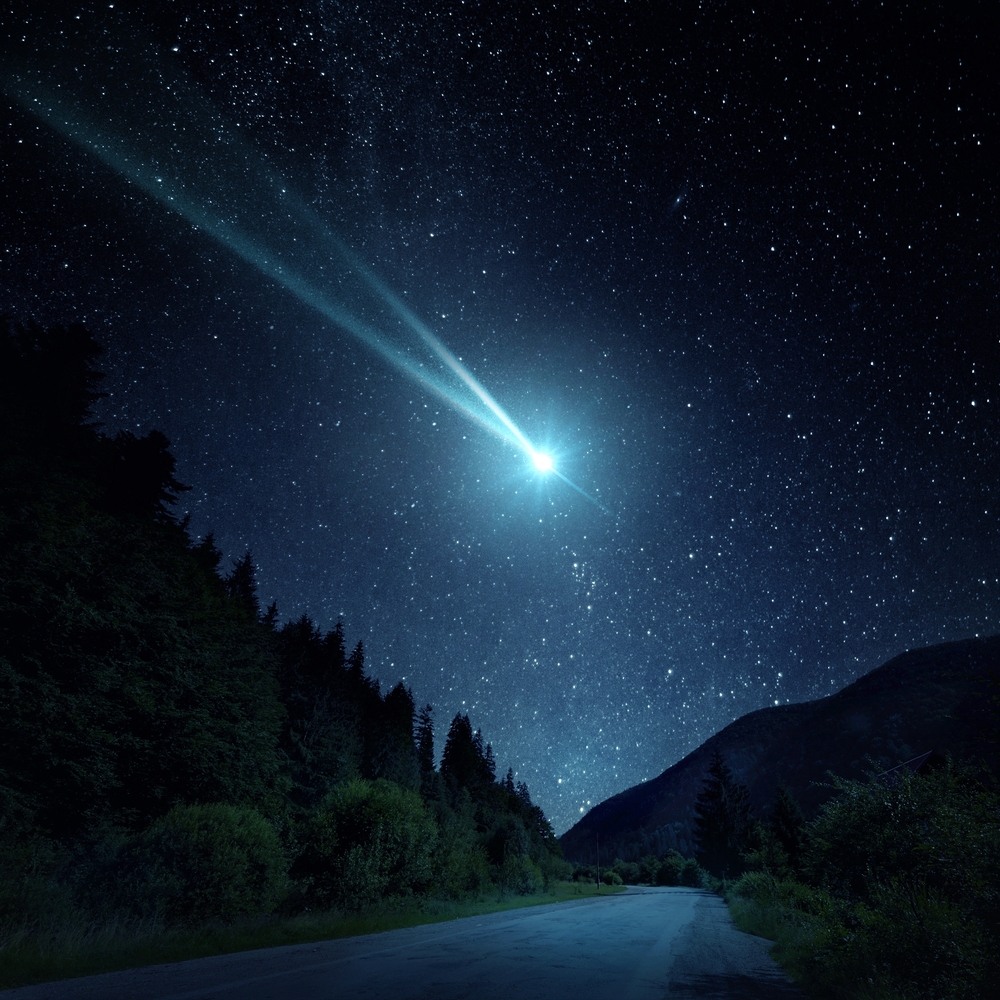
Two ancient travelers cross our skies
Comet Halley’s Comet Is Back, But This Time, It’s Raining FireLemmon, the brighter of the pair, will pass about 56 million miles from Earth, a comfortable distance that still makes it a significant presence in the night sky. With a measured brightness of magnitude 4.5, it should be visible from dark-sky areas without a telescope. Under ideal conditions, it will appear faintly greenish, a color created when sunlight excites the gases in its coma, particularly diatomic carbon. The name Lemmon comes from the Mount Lemmon Observatory in Arizona, where it was discovered, but the comet’s appearance in the sky feels closer to the cool glow of a lime than anything yellow. As it rises higher each evening, its shimmer will give those who look for it a subtle but unforgettable sight, one that speaks of time and distance beyond human scale.
Comet SWAN, though less bright, holds its own kind of intrigue. It will make its closest pass at a distance of about 24 million miles, which is roughly a quarter of the way between Earth and the Sun. Despite this proximity, it will shine at magnitude 5.9, about three times dimmer than Lemmon. SWAN is what astronomers call a long-period comet, one that takes around 20,000 years to complete its journey around the Sun. Every time it passes through the inner solar system, it spends only a few short weeks within sight before vanishing into the darkness for millennia. To see it is to glimpse something that will not return until long after our species has changed beyond recognition. Together, these comets form a rare duet, two separate stories intersecting for a moment in Earth’s skies before continuing their ancient paths.

How and when to see them
Catching sight of the two comets requires timing, clear weather, and a little practice in reading the sky. The best viewing window will come roughly ninety minutes after sunset, when twilight fades and the stars begin to shine clearly. Comet Lemmon will be visible in the northwest sky near the Big Dipper and the bright orange star Arcturus. To locate it, follow the curve of the Big Dipper’s handle and continue along that same arc until you reach Arcturus. The comet will be about two-thirds of the way along that line. On Tuesday, it will appear slightly higher above the horizon, glowing faintly as it moves along its slow curve toward the Sun.
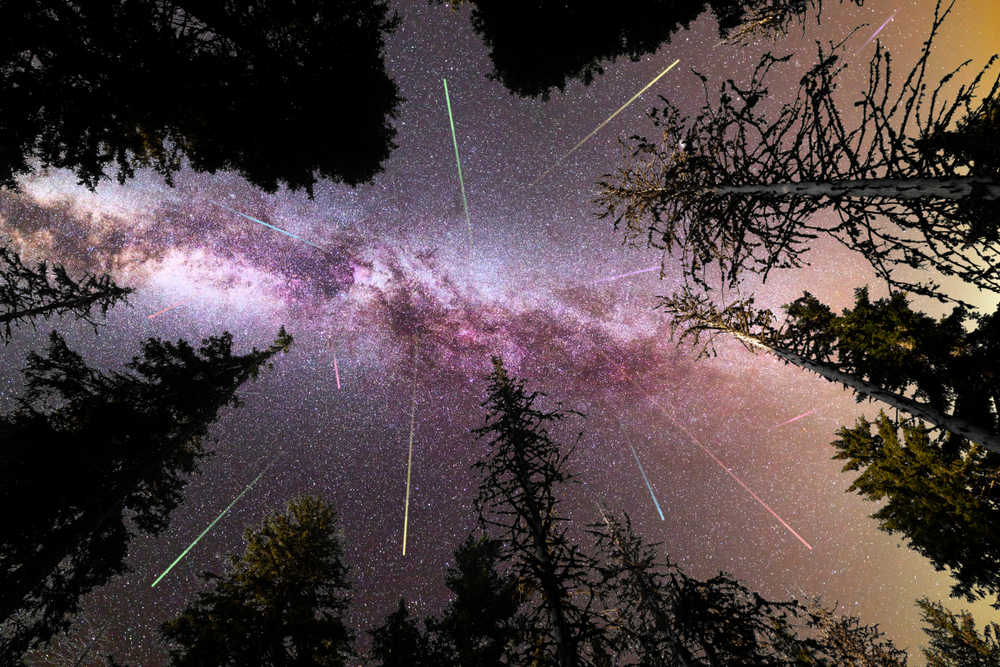
Comet SWAN will require a different approach. After sunset, turn toward the southwest and look for the Summer Triangle, a formation of three bright stars known as Vega, Deneb, and Altair. The comet will hover low on the horizon between Altair and the ground, appearing as a soft, fuzzy patch rather than a bright pinpoint. Binoculars will reveal it more clearly, but even a patient naked-eye observer may detect a faint glow if the skies are dark enough. Apps like Sky Guide, Sky Tonight, and Stellarium can help pinpoint both comets’ exact positions, offering real-time charts that make locating them much easier. Those hoping to photograph the pair should use a tripod and a long exposure, which can capture the faint trails of light invisible to the unaided eye. Under rural skies, the results can be breathtaking: ghostly streaks of light suspended in the stillness of space.
Comets as time capsules of the solar system
Comets are far more than pretty streaks in the sky. They are time capsules, pristine fragments of the same material that built the planets over four and a half billion years ago. Each is a mixture of frozen water, carbon dioxide, rock, and complex organic compounds, all preserved since the early days of the solar system. When sunlight warms their surfaces, the ice vaporizes and escapes into space, carrying dust with it and forming the glowing tails we see from Earth. To study a comet is to open a window into the earliest chemical recipes of the universe, long before our world solidified into oceans and continents.
Many scientists believe comets may have played a direct role in the creation of life on Earth. During a period known as the Late Heavy Bombardment, countless comets and asteroids struck our young planet, possibly delivering much of its water and many of its organic molecules. These ancient impacts could have seeded the oceans with the building blocks that later combined to form DNA and proteins. Every new comet that passes near Earth provides astronomers with another chance to test these theories, using spectroscopy and imaging to analyze its gases and dust. The chemistry of comets like Lemmon and SWAN is not just a matter of curiosity but a key to understanding our own origins. They are, quite literally, fragments of our story.
The patience and art of comet watching
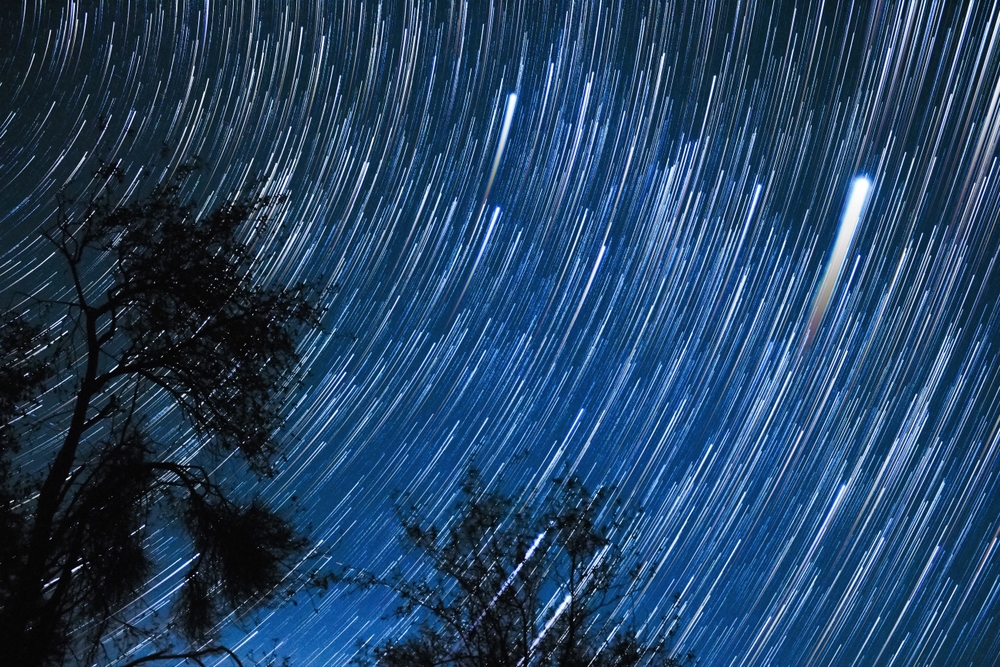
Observing a comet is an exercise in patience and perspective. Unlike the predictable orbits of planets, comets are subtle and often elusive. Their light shifts night by night, their tails stretching and twisting as they respond to solar wind and radiation. Standing outside to find one connects us to a long human tradition that stretches back to ancient times when comets were feared as omens. Now we know they are not harbingers of disaster but heralds of discovery, pieces of the past wandering into our present. Seeing one with your own eyes, no matter how faint, feels like sharing a secret with the universe.
Astrophotographers and amateur astronomers around the world prepare months in advance for such events. Capturing the details of a comet requires more than technology; it demands stillness and a willingness to let time unfold. The green glow of Lemmon, produced by carbon molecules, and the faint blue tint of SWAN, caused by ionized gases, reveal stories of chemistry unfolding in real time. Every long exposure taken through a lens is a small triumph of human curiosity. Yet even without cameras or telescopes, simply standing under the open sky, watching these ancient objects move silently across the stars, is an experience that can reset one’s sense of scale. It reminds us that Earth, so vast to us, is itself a small part of a larger dance.
Reflections from the cosmic stage
The appearance of two visible comets in such quick succession is statistically rare but deeply meaningful. It reminds us of the intricate and unpredictable choreography of the solar system. Comet Lemmon’s orbit, shortened by a gravitational interaction with Jupiter, illustrates how even the most distant celestial bodies influence one another through invisible tugs. SWAN’s 20,000-year journey around the Sun speaks of endurance and patience beyond comprehension. Together they reflect a universe governed by slow, graceful mechanics that continue regardless of human notice or understanding.
For many, these moments of cosmic alignment are more than scientific curiosities. They are invitations to pause, to look upward, and to recognize that we live within a dynamic and ancient system. The comets do not appear for us, yet we are fortunate enough to witness them. They offer a kind of quiet humility, reminding us that our lifetimes are brief interludes against the backdrop of celestial time. Even the brief act of looking up becomes a gesture of connection, an acknowledgment that we are participants in something far grander than ourselves.
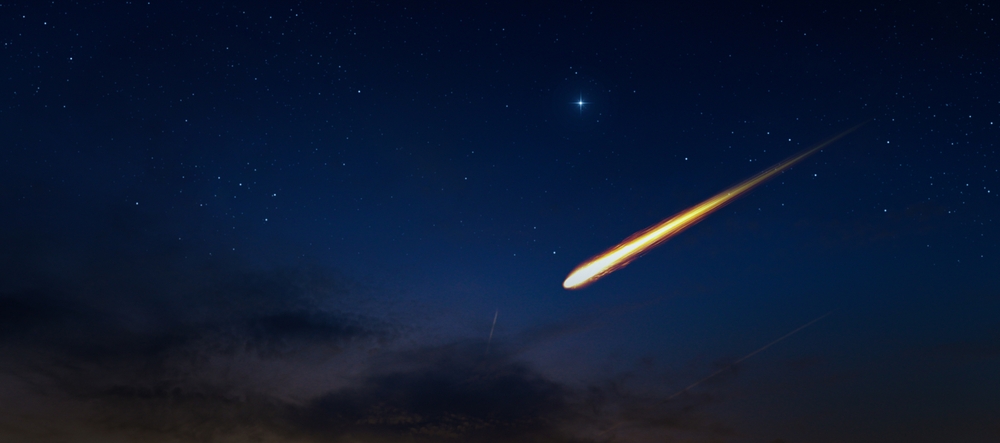
Final thoughts: a sky worth watching
As the nights grow longer and autumn deepens, Comets Lemmon and SWAN give us a reason to step outside and reconnect with the natural rhythms of the cosmos. Their light, traveling millions of miles through the dark, carries the history of the solar system within it. Observing them is a way to experience deep time directly, to feel the continuity between the past and the present in a single glance. In their quiet movement across the sky lies a simple truth: the universe is alive with motion, and we are part of that motion, inseparable from it.
So, when the evening sky clears this week, step away from the glow of screens, wrap up against the cool air, and look to the northwest and southwest horizons. Somewhere out there, two ancient messengers are gliding silently through the dark, their tails stretching behind them like threads of memory. Their visit will be brief, their glow delicate, but for those who look, the experience will linger. Watching them is not only an act of astronomy; it is an act of wonder, a reminder that the universe, vast and patient, still shares its secrets with those who remember to look up.
Loading...

